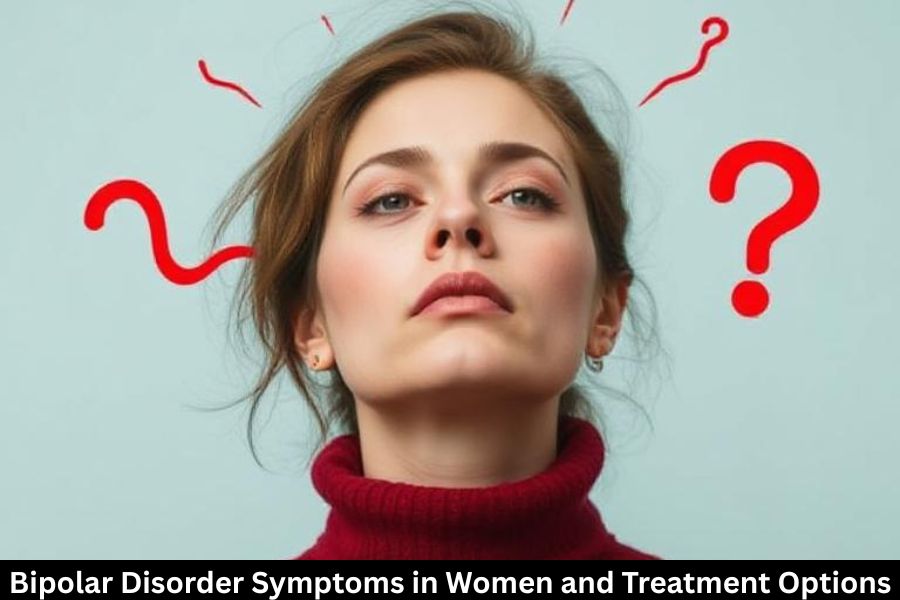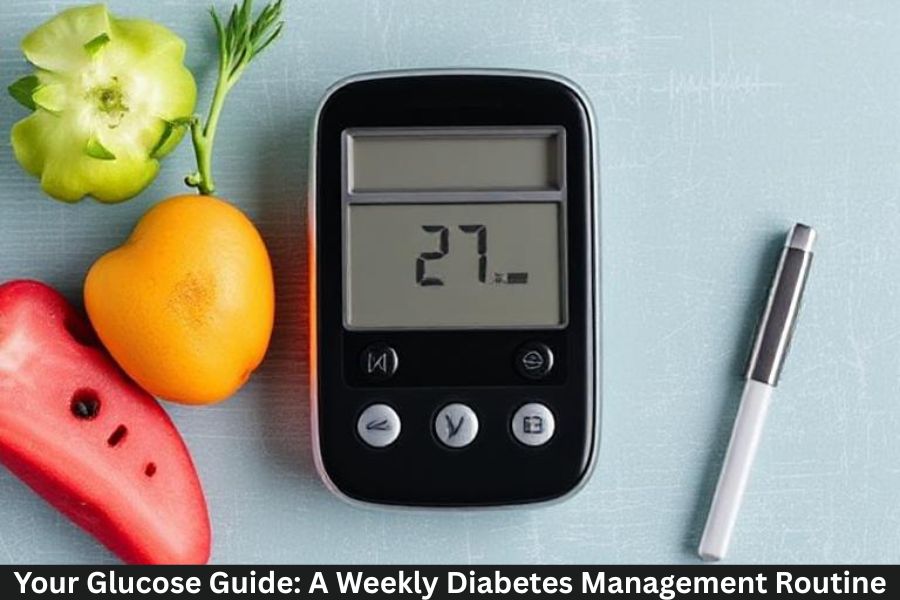Bipolar disorder is a chronic mood disorder that causes unusual shifts in mood, energy, and activity levels. These mood changes are far more intense than typical emotional ups and downs and can disrupt relationships, work, and daily life.
The Types of Bipolar Disorder
There are three main types, each with varying intensity and duration of mood episodes:
Bipolar I Disorder
Characterized by manic episodes that last at least seven days or require hospitalization. Depressive episodes usually follow.
Bipolar II Disorder
Involves hypomanic episodes (less severe mania) alternating with major depression. This type is more common in women.
Cyclothymic Disorder
A milder form where a person experiences numerous periods of hypomanic and depressive symptoms for two or more years.
How Bipolar Disorder Affects Women Differently
Women tend to have:
- More frequent mood swings
- Longer depressive episodes
- Rapid cycling (four or more mood episodes in a year)
- Increased sensitivity to hormonal changes and stress
These patterns make treatment more complex and require a gender-specific approach.
Common Bipolar Disorder Symptoms in Women
Emotional Symptoms
- Extreme mood shifts from happiness to sadness
- Irritability or restlessness
- Feelings of hopelessness or guilt
- Difficulty concentrating or making decisions
- Loss of interest in activities once enjoyed
Physical and Behavioral Symptoms
- Changes in appetite or weight
- Insomnia or sleeping too much
- Fatigue or low energy
- Impulsive spending, risky behavior, or hypersexuality during mania
- Social withdrawal during depression
Unique Triggers in Women
Women’s bipolar episodes are often triggered by:
- Hormonal fluctuations (menstrual cycle, pregnancy, menopause)
- Stress and emotional trauma
- Sleep deprivation
- Thyroid imbalances
- Postpartum changes
Understanding these triggers helps prevent episodes and tailor treatment effectively.
Hormonal Influence on Bipolar Symptoms
The Role of Estrogen and Progesterone
Hormones directly influence neurotransmitters like serotonin and dopamine — chemicals that regulate mood. When estrogen levels drop, mood instability can increase, triggering depressive or manic episodes.
Menstrual Cycle Impact
Many women report worsening symptoms right before their periods, a phenomenon known as premenstrual exacerbation (PME). This overlap can complicate diagnosis and treatment, as symptoms may mimic premenstrual dysphoric disorder (PMDD).
Pregnancy and Postpartum Bipolar Disorder
Pregnancy doesn’t protect against mood episodes — in fact, it can heighten them. After childbirth, hormone levels plummet, making women more vulnerable to postpartum depression or postpartum psychosis, especially those with a history of bipolar disorder.
Treatment during pregnancy requires special care since some medications may pose risks to the baby. Doctors often explore safe alternatives or close monitoring during this period.
Menopause and Bipolar Mood Swings
During menopause, the body experiences a natural decline in estrogen and progesterone, leading to increased mood instability. Some women may have more frequent depressive episodes, while others experience intense irritability or anxiety.
Lifestyle support, therapy, and possibly hormone replacement (under medical supervision) can help manage these shifts effectively.
Challenges in Diagnosing Bipolar Disorder in Women
Bipolar disorder in women is often misdiagnosed as depression or anxiety, since depressive symptoms tend to dominate. Women may seek help during low periods but dismiss manic phases as productivity or confidence boosts.
This misdiagnosis can delay treatment and worsen long-term outcomes. A detailed psychiatric evaluation, including family history and mood tracking, is essential.
Treatment Options for Bipolar Disorder in Women
Managing bipolar disorder requires a comprehensive treatment plan that balances medication, therapy, and lifestyle adjustments.
Medication
Medications help stabilize mood and prevent relapses.
Psychotherapy
Therapy provides emotional tools for coping with stress and identifying triggers.
Lifestyle Management
Healthy routines, sleep, and nutrition play a major role in mood stability.
Medications Commonly Used
- Mood stabilizers: Lithium, valproate, carbamazepine
- Atypical antipsychotics: Quetiapine, olanzapine, aripiprazole
- Antidepressants: Used cautiously, often alongside mood stabilizers
- Anxiolytics: For managing anxiety symptoms when necessary
Doctors may adjust doses based on hormonal cycles to prevent mood destabilization.
Natural and Holistic Approaches
Complementary strategies can improve well-being:
- Omega-3 fatty acids (fish oil) for brain health
- Magnesium and vitamin D supplementation
- Yoga and mindfulness to regulate mood and stress
- Regular exercise to release endorphins
- Sleep hygiene to prevent manic triggers
These methods work best alongside professional treatment, not as replacements.
Building a Support Network
Social support is crucial. Women with bipolar disorder benefit from:
- Therapy groups (in-person or online)
- Trusted family and friends who understand mood shifts
- Education about the disorder for both the individual and loved ones
Feeling supported helps reduce stigma and promotes recovery.
How to Manage Bipolar Disorder Long-Term
- Stick to your medication plan
- Track your mood and triggers
- Practice stress reduction techniques daily
- Prioritize sleep and nutrition
- Communicate openly with your healthcare provider
Remember: managing bipolar disorder is a journey, not a sprint. Consistency and self-awareness are your strongest tools.
Conclusion
Bipolar disorder in women is influenced by a complex mix of biology, hormones, and environment. Recognizing gender-specific symptoms and seeking timely treatment can drastically improve life quality. With the right balance of medication, therapy, and lifestyle changes, women can lead stable, fulfilling lives — not defined by their diagnosis but strengthened by their resilience.
FAQs
1. What are the first signs of bipolar disorder in women?
Rapid mood swings, extreme energy shifts, and changes in sleep patterns are early warning signs.
2. Can hormonal changes trigger bipolar episodes?
Yes, estrogen and progesterone fluctuations can significantly affect mood stability in women.
3. Is bipolar disorder more common in women than men?
Rates are similar, but women often experience more depressive and mixed episodes.
4. Can women with bipolar disorder have children safely?
Yes, with proper medical supervision, women can manage their condition before, during, and after pregnancy.
5. What is the best treatment for bipolar disorder in women?
A combination of medication, psychotherapy, and lifestyle management tailored to hormonal patterns provides the best results.



